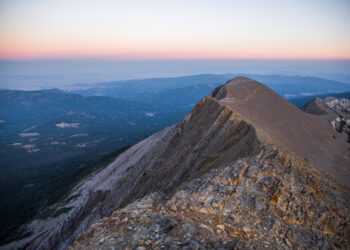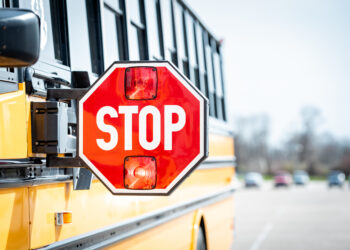By Marne Hayes EBS COLUMNIST
In the simplest of terms, a watershed describes an area of land that drains into a single body of water. In our backyard, the Gallatin River watershed begins in Yellowstone National Park, and covers all the land and water that drains into the west and east Gallatin Rivers—which merge as they reach Manhattan to form the mainstem Gallatin. Another few miles downstream, the Gallatin joins the Madison and Jefferson Rivers at Three Forks to form the Missouri River. Think of this like our own ecological neighborhood.
Technical terms aside, to those of us who live on or near the Gallatin River and its tributaries, our watershed captures a love of recreation, an interest in healthy fish and waterfowl, and a recognition of the critical role the river plays as backbone to the ecosystem that supports canyon and valley wildlife habitat.
Like other watersheds, the Gallatin River watershed is also the mainstay for what feeds our water supply—our groundwater aquifers. Of critical importance to watersheds is the connection between the land, the river, and the groundwater and how collectively the watershed lays out the big picture of water health, water quality, and critical water supply.
Sustainable watersheds and ecosystems mean different things to different people, and defining a watershed is just one part of the equation. The other is understanding how to care for a watershed that spans public and private land, county jurisdictions, varied districts and political boundaries. It bears the responsibility of understanding how our daily habits affect our water supply and the health of rivers.
In Montana, there are over 60 watershed groups who, according to the Montana Watershed Coordination Council, are led by their respective efforts to “successfully define and pursue the conservation goals that best serve their geographic communities.” The Gallatin River Task Force is one of these; committed to the watershed approach of protecting the Gallatin River, and with changing landscapes, and increased pressures on our ecological health, Montana’s watershed groups are essentially the voice of the rivers we aim to protect.
Watershed groups work holistically, with principles that focus on credible science, convening stakeholders, coordinating conservation projects, and sharing information with the community to promote good stewardship of our rivers and aquifers. Through on-the-ground initiatives like stream restoration and awareness around water conservation, watershed groups work to strengthen the understanding of how a healthy watershed equates to a healthy community.
The importance of coordination and engaging stakeholders cannot be overstated, and a critical piece of the work is in trying to move the needle on systemic changes—both in residents and visitors—for how we care for our watershed and our connected water supply. A vision for coordination was the impetus of the Montana Watershed Coordination Council nearly 30 years ago, when a memorandum was issued by then Gov. Marc Racicot, which intended to “establish a process which develops new partnerships” so that we in Montana could “approach sustainability and solving problems within watersheds and ecosystems…which sustains a healthy environment together with a healthy economy, a sense of community and a quality of life.”
Without a doubt, there are challenges specific to our own Gallatin watershed. We are growing tremendously fast; people want to live here, and visitation is on a seemingly unsustainable trajectory. There is an abundant love of and demand for recreation along all the many miles of the Gallatin between Yellowstone National Park and Bozeman. The temperatures are warmer, the snowfall is lighter, and the supply and demand seem at inevitable odds. That only makes the work of our watershed group more important, and critical to the future health of the Gallatin River.
Part of the work in our own watershed relies on community awareness; that we can impact the health of the river; water quality, quantity, and the sustainable trajectory of all things connected to the Gallatin River watershed. For ways to support and be involved with the Gallatin River Task Force, visit gallatinrivertaskforce.org.
Marne Hayes is the communications manager for the Gallatin River Task Force.














